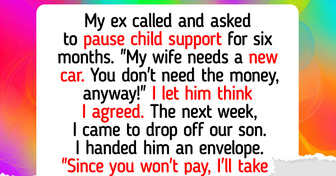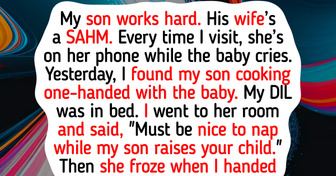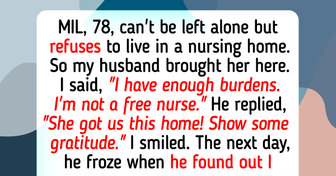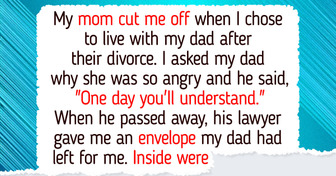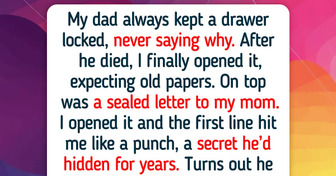10+ Outdated Shoe Styles That Ought to Be Banned From Our Closets, and New Styles You Can Replace Them With
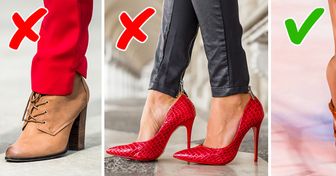
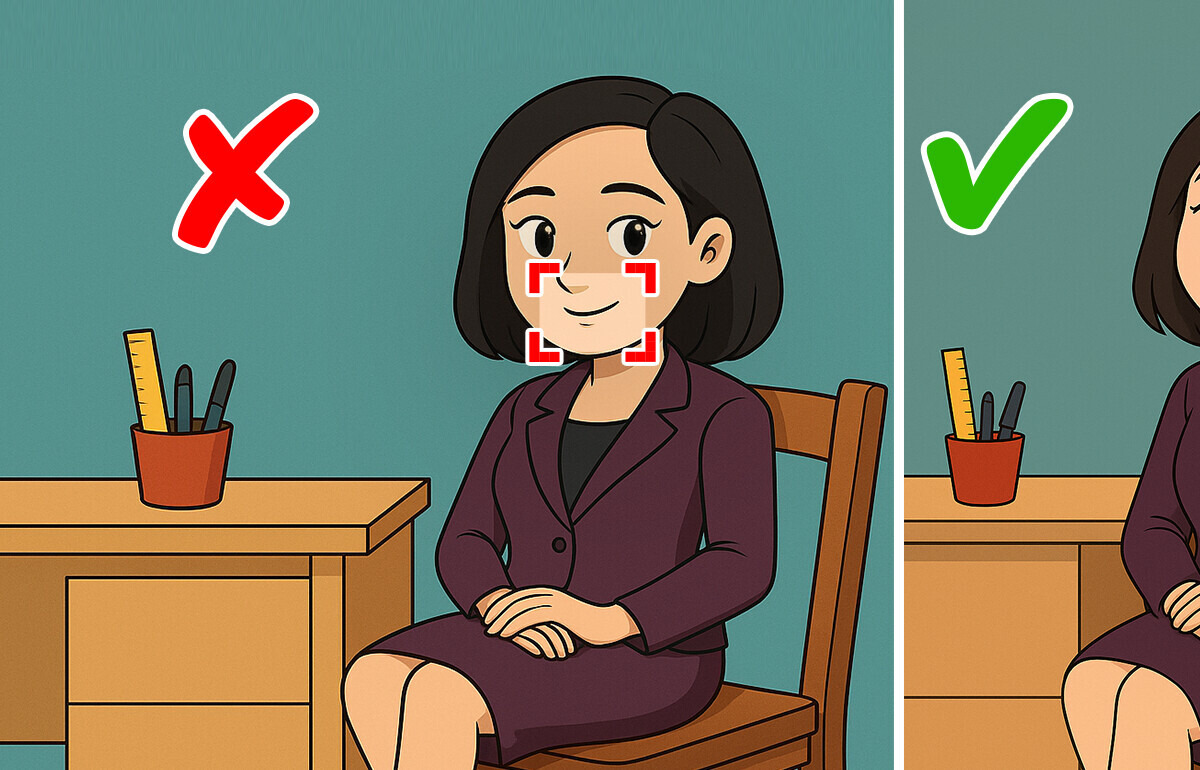
Job interviews are nerve-wracking experiences for many candidates. While we often focus on what we say during these interviews, it’s crucial to recognize that nonverbal communication plays an equally significant role. Body language, including posture, facial expressions, and even how you make eye contact, can shape the interviewer’s perception of you and influence the outcome of your interview.

A smile that doesn’t engage the eyes may come off as fake or insincere. It’s known as the "tight-lipped smile"—a common sign of discomfort, even if you’re trying to appear friendly.
What you can do: Think about something pleasant or relaxing to elicit a more genuine smile. A smile that involves your eyes (a “Duchenne smile”) is much more authentic and conveys warmth.
While a little head nodding can indicate you’re engaged, excessive nodding might make you appear overly eager to agree or please the interviewer. It can also come off as insincere.
What you can do: Nod occasionally to show active listening, but balance it with pauses where you reflect on the question or topic being discussed.
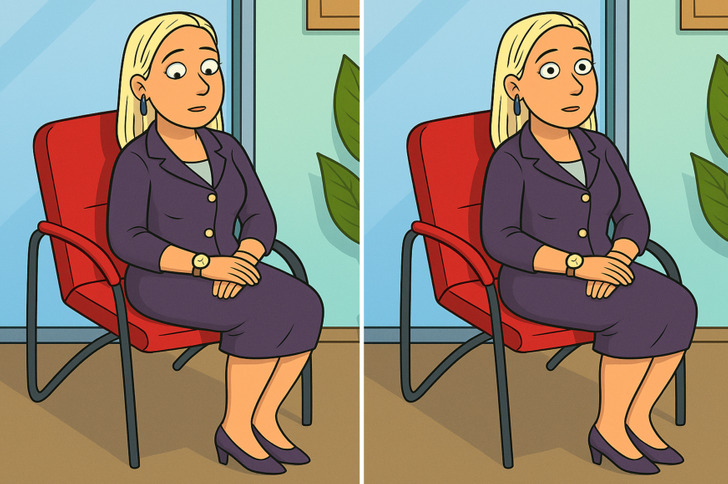
If you glance at your watch or phone during an interview, even subtly, it signals that you’re not fully engaged or that you’re rushing through the process.
What you can do: Keep your watch and phone out of sight during the interview to avoid temptations. Focus entirely on the interviewer and the conversation.
Touching your face, such as rubbing your chin or tapping your mouth, is often a subconscious gesture that signals anxiety, discomfort, or thinking. It can also be interpreted as an attempt to hide something.
What you can do: Place your hands calmly on the table or in your lap. If you feel the urge to touch your face, take a deep breath and refocus your attention on the interview.
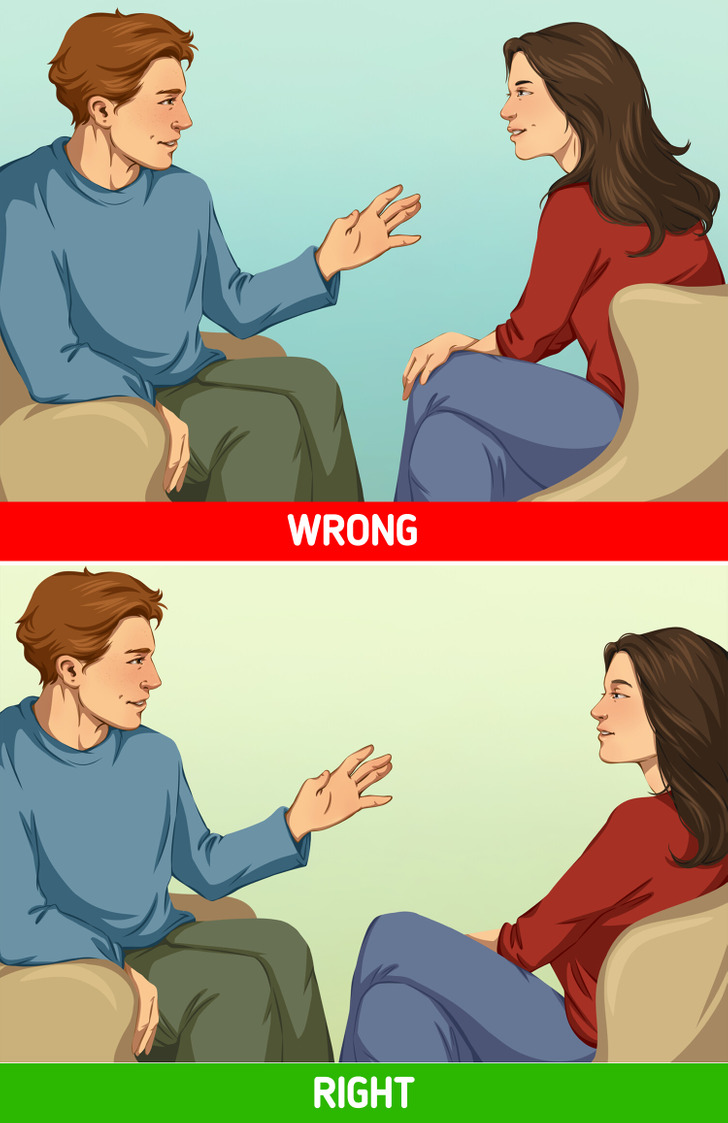
While mirroring the interviewer’s body language can help establish rapport, overdoing it can seem artificial and make you appear incompetent and untrustworthy.
What you can do: Subtly mirror the interviewer’s gestures and body language in moderation. Focus more on maintaining a natural flow of conversation.
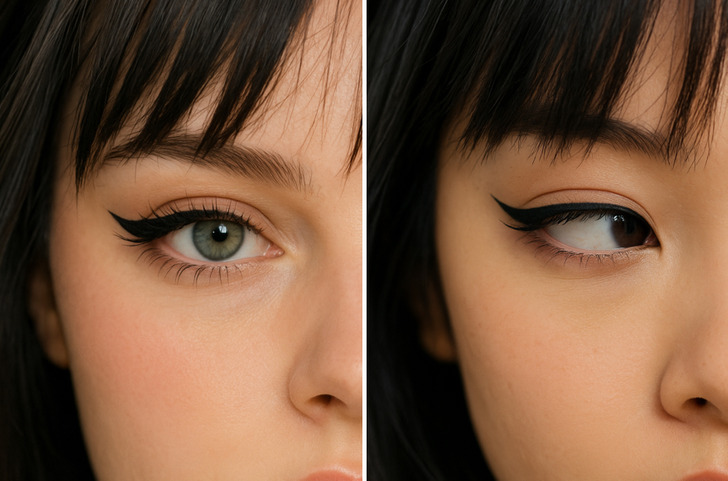
What’s considered appropriate body language in one country might be perceived differently in another. For example, while maintaining eye contact is considered a sign of respect in many Western cultures, it can be seen as disrespectful or confrontational in certain Asian cultures.
What you can do: If you’re interviewing for a position in a foreign country or with an international company, take the time to research cultural differences in nonverbal communication. For instance, in Japan, bowing is a sign of respect. Understanding these nuances will help you avoid misunderstandings.
If you tend to avoid eye contact when you’re responding to questions, it may suggest a lack of confidence or that you’re hiding something.
What you can do: Make sure to keep your gaze level and slightly engage with the interviewer as you answer. If you need a moment to think, look slightly to the side rather than down to avoid looking defeated or unsure.

In the era of remote work and virtual interviews, nonverbal cues are just as important online as they are in person. Virtual interviews pose unique challenges, and body language can be harder to read. Additionally, technical difficulties can detract from the professional image you’re trying to project.
What you can do: Ensure your camera is at eye level, so you’re not looking down or too far away from the screen. Sit in a well-lit area and avoid distracting backgrounds. Practice maintaining a natural posture while ensuring you’re visible and well-lit, just as you would in an in-person interview.
Your facial expressions must match what you’re saying. If you’re talking about an exciting opportunity, but your face looks bored or distracted, it sends a mixed message. Inconsistent facial expressions can make you appear insincere or uninterested.
What you can do: Pay attention to your facial expressions while you speak. If you’re discussing a challenging topic, ensure your face reflects empathy. If you’re talking about something exciting, your expression should reflect that enthusiasm. Being aware of how your face mirrors your words can reinforce your message.
Mastering your body language can give you a powerful edge in any interview—but outside the boardroom, control is often just an illusion. Just ask the 11 travelers who thought they had every step planned. From missed flights to unexpected chaos, their journeys spiraled into unforgettable stories.

